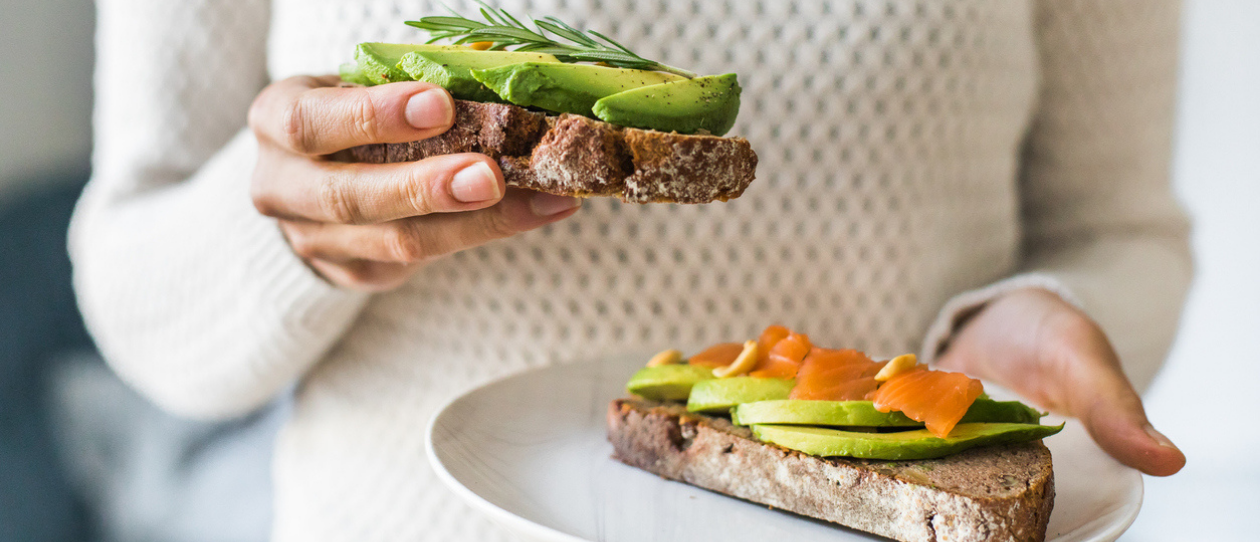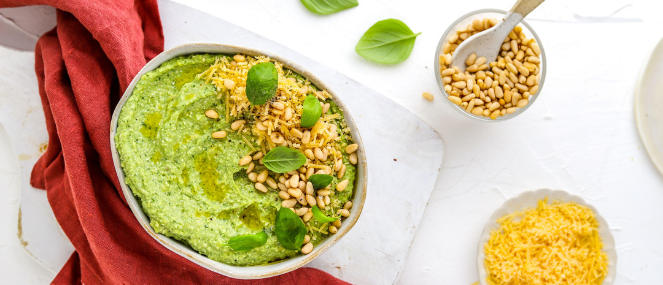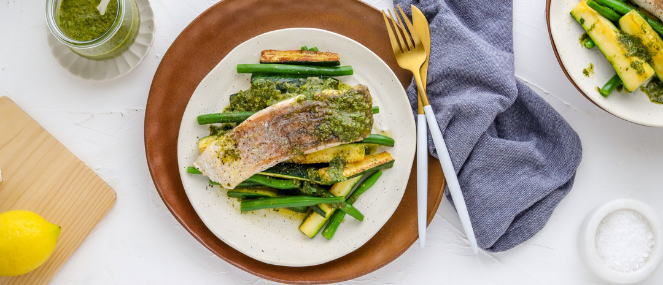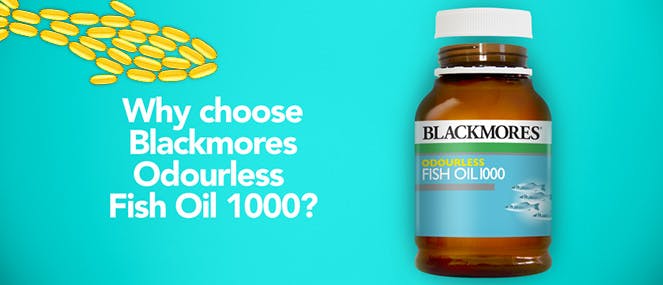
- Health hub/
- Fish & Nutritional Oils/
- Everything you need to know about Omega-3s


What are omega-3 fatty acids?
In a nutshell, omega-3 fatty acids are a type of polyunsaturated fat that deliver health benefits. As well as providing an energy source for the body, omega-3s play a role in the healthy functioning of everything from the blood vessels and the heart to the immune system.The body can’t produce omega-3s, so getting the three different main types from foods or dietary supplements is the only way to increase and maintain healthy levels in the body.
The different types of omega-3s
There are three main omega-3 fatty acids that are important for good health:
ALA is an essential fatty acid, which means that the body can’t make it itself, so food or dietary supplements are the only sources. And while the body is able to convert some ALA into EPA and then DHA, it’s only able to do this in very small amounts, so eating foods that contain EPA and DHA is essential, too. Fish and seafood are the main sources of EPA and DHA, so if fish isn’t your thing, you might want to consider a fish oil supplement instead.
What are the health benefits of omega-3-rich foods?
It’s the omega-3 fatty acids found in fish that appears to well known for Its health benefits. Research has linked eating fish and other types of seafood to be supportive of heart health, cognitive function, and healthy eyes.
How much omega-3 do you need?
Adequate intakes (AI) of ALA, DHA and EPA have been established and the amounts vary depending on how old you are. Children need different amounts of omega-3s compared to adults, but for people aged 18 and over official guidelines recommend that:
However, the Heart Foundation suggests aiming higher than this, by including in your diet two or three serves of fish – and particularly oily fish – per week, so that you’re getting 250-500mg of marine-sourced omega-3s each day.The Heart Foundation also recommends that all Australians should aim to consume 1g – or 1,000mg – of plant-sourced omega-3 each day. One teaspoon of ground flaxseeds contains 922mg of ALA, 30g of walnuts contains 1,884mg, one tablespoon of canola oil contains 1,820mg, and 15g of chia seeds contains 2,685mg.
What are the warning signs of an omega-3 deficiency?
Research shows that eight out of 10 Australians aren’t getting enough marine-based omega-3s from their diets. Rough, scaly skin and a swollen, red and itchy rash are associated with not having enough Omega-3 fatty acids in the diet.
What about vegan or vegetarian omega-3s?
A question that gets frequently asked is, how can vegans and vegetarians get enough omega-3?
Eating plenty of foods that contain ALA is important, however consuming sufficient amounts of EPA and DHA is vital, too. Luckily, fish- and seafood-free supplements that contain EPA and DHA are available.
Getting a balance of omega-3 and omega-6
Omega-6 fatty acids are another type of polyunsaturated fat that can also help to support heart health.However, it is important to get the right balance or ratio between omega-3 and omega-6 fatty acids.Found primarily in nuts, seeds and plant oils, such as corn, soy and safflower, omega-6 fatty acids are often prominent in the average diet. If you have a vegetarian or vegan diet, it’s more likely to feature foods with omega-6 than omega-3, which can make it harder to get the balance right. Aim to include more plant sources of omega-3, like walnuts, flaxseeds and chia. And consider adding algae into your diet, as it’s one of the only plant-based sources of DHA and EPA fatty acids.




